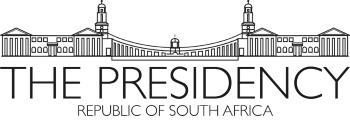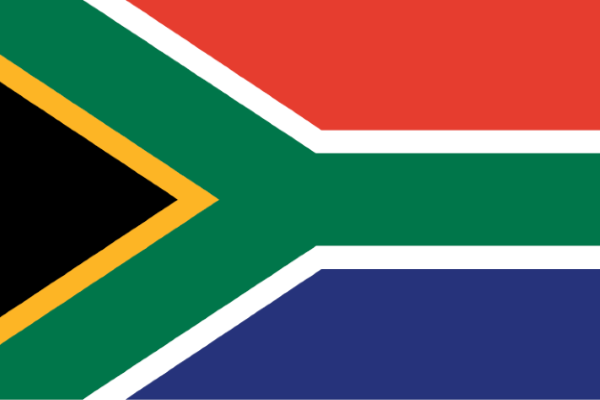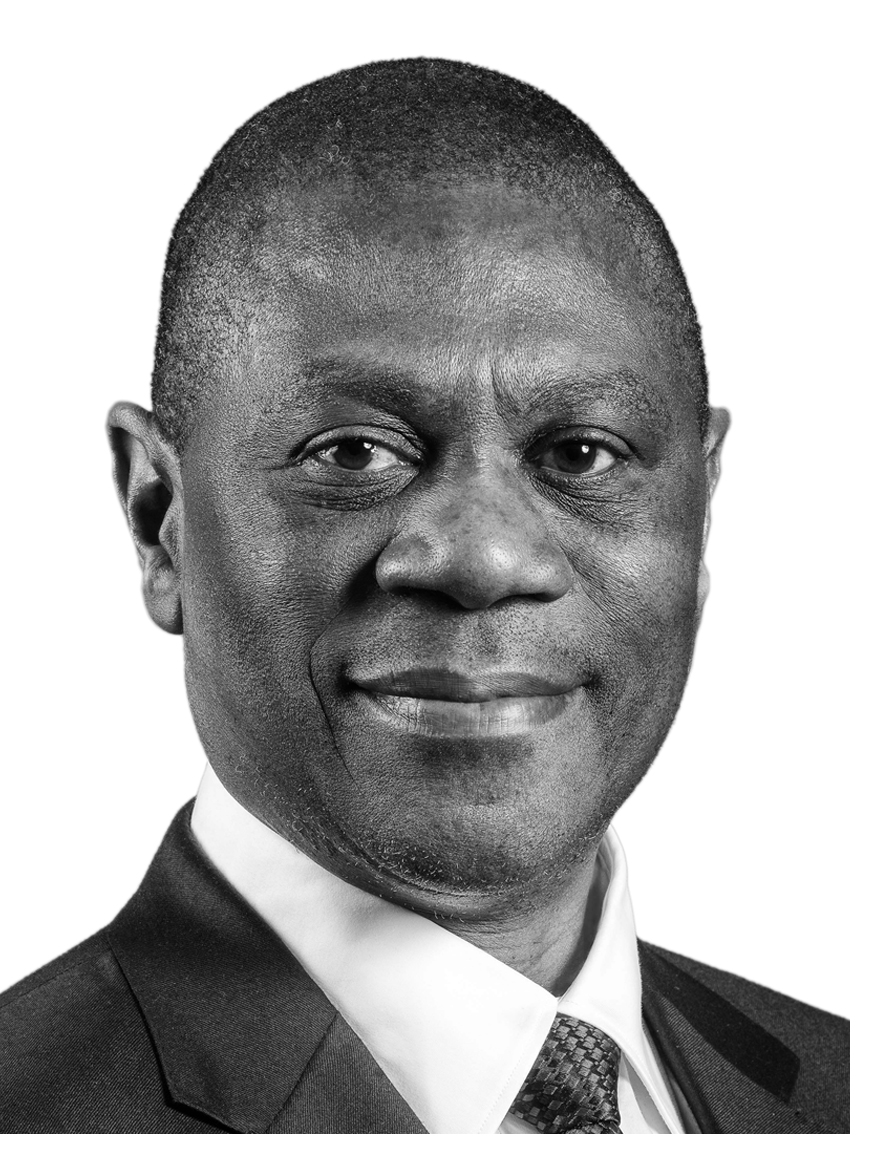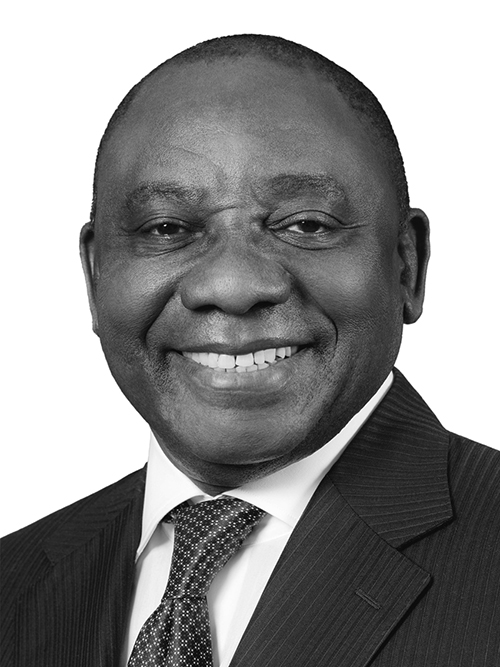The Presidency is today, 28 July 2025, releasing the latest progress report on the implementation of actions arising from President Cyril Ramaphosa's response to the recommendations of the State Capture Commission, showing significant progress across both accountability measures and institutional reforms.
President Ramaphosa has also submitted the report to the Speaker of the National Assembly and the Chairperson of the National Council of Province.
The report, covering the period up to the end of Quarter 4 2024/25, reveals that of the 60 actions identified in the President's October 2022 Response Plan, 48% are complete or substantially complete, 23% are on track and 29% are delayed but receiving attention.
MAJOR ACHIEVEMENTS IN ACCOUNTABILITY
Criminal Justice Progress
The Integrated Task Force, led by the National Prosecuting Authority, is actively implementing 218 criminal investigation recommendations across multiple state capture focus areas. As of March 2025, 21% of these cases were either finalised or enrolled for trial. Just over half were under active investigation. Several high-profile cases are scheduled for trial through 2025-2026, including matters related to the Free State Asbestos Removal Case, SA Express, Bosasa-related cases and Transnet contracts.
Four state capture-related cases have already concluded with guilty verdicts.
Asset Recovery Success
Government has achieved remarkable success in recovering stolen public funds, with total recoveries now reaching nearly R11 billion, a substantial increase from the R2.9 billion reported in October 2022. This includes R2.9 billion recovered by the Special Investigating Unit and R8 billion by the Asset Forfeiture Unit.
Additionally, assets worth R10.6 billion are currently under restraint or preservation orders, indicating significant additional recoveries to come. Major recoveries include settlements from ABB (R2.55 billion), McKinsey (R1.12 billion), and SAP (R1.16 billion).
INSTITUTIONAL REFORMS TO PREVENT FUTURE STATE CAPTURE
Law Enforcement Strengthening
The National Prosecuting Authority Amendment Act of 2024 established the Investigating Directorate Against Corruption (IDAC) as a permanent entity with enhanced police powers and criminal investigation capabilities. IDAC officially commenced operations in August 2024.
Financial Crime Combat Measures
South Africa has implemented comprehensive anti-money laundering reforms through the General Laws Amendment Act of 2022, addressing all the deficiencies identified by the Financial Action Task Force. Among other things, these measures have resulted in a 40% increase in compliance with anti-money laundering requirements between 2023 and 2024.
Public Procurement Transformation
The Public Procurement Act of 2024 represents a fundamental transformation of South Africa's procurement landscape, consolidating previously fragmented systems into a single regulatory framework designed to enhance transparency and combat corruption.
Intelligence Services Reform
The General Intelligence Laws Amendment Act, enacted in March 2025, disestablished the State Security Agency and created two separate entities – the South African Intelligence Service (foreign intelligence) and the South African Intelligence Agency (domestic intelligence) – restoring the pre-2009 structure and strengthening oversight mechanisms.
Public Administration Professionalisation
Government has made substantial progress in professionalising the public service through the National Framework for Public Sector Professionalisation. Key measures include mandatory lifestyle audits for senior officials and supply chain personnel, with 138 departments implementing these audits by 2024.
CORPORATE ACCOUNTABILITY MEASURES
The Companies and Intellectual Property Commission has completed reviews of 10 private sector entities implicated in state capture, with six investigations ongoing. The National Treasury imposed a 10-year ban on Bain & Co from doing business with the South African state, running from September 2022 to September 2032.
Professional bodies have taken disciplinary action against implicated professionals, including the permanent disbarment of a chartered accountant by the South African Institute of Chartered Accountants, with a R6.1 million fine.
LEGISLATIVE ACHIEVEMENTS
Several critical pieces of legislation have been enacted to address state capture vulnerabilities:
· Electoral Matters Amendment Act (Act 14 of 2024): Criminalises donations to political parties in expectation of contracts or influence
· Judicial Matters Amendment Act (Act 15 of 2023): Introduces corporate liability for failure to prevent corruption
· Companies Second Amendment Act (Act 17 of 2024): Extends time limits for director delinquency proceedings
· General Intelligence Laws Amendment Act (Act 37 of 2024): Reforms intelligence services structure and oversight
LOOKING AHEAD: 2025-2026 PRIORITIES
President Ramaphosa emphasised that while substantial progress has been made, the work continues. Key priorities for the coming year include:
· accelerating high-profile prosecutions and bringing new cases to court;
· finalising the Whistleblower Protection Bill for presentation to Parliament;
· finalising the National State Enterprises Bill as part of SOE governance reform;
· completing SARS Act amendments based on Nugent Commission recommendations;
· finalising anti-corruption architecture proposals under consideration by the Executive.
"The progress outlined in this report demonstrates our unwavering commitment to ensuring that those responsible for state capture are held accountable and that the systemic weaknesses that enabled this assault on our democracy are permanently addressed," said President Ramaphosa.
"We have recovered nearly R11 billion in stolen public funds, strengthened our law enforcement capacity and implemented comprehensive reforms across government. However, our work is far from complete. We remain committed to the full implementation of the State Capture Commission's recommendations and to rebuilding public trust in our institutions."
The President emphasised that the effectiveness of these reforms will ultimately be measured by their ability to prevent future occurrences of state capture and restore public trust in state institutions.
The full progress report, including detailed annexures on implementation status, new legislation, court cases and asset recoveries, is available on The Presidency website. https://tinyurl.com/25rx85jr
Media enquiries: Vincent Magwenya, Spokesperson to the President - media@presidency.gov.za
Issued by: The Presidency
Pretoria






